USA Trucking Industry Stats 2022
The size, demographics, financial stats, and future projections.
Posted on August 16, 2022
Being an integral part of the U.S. economy, it only makes sense that the trucking industry itself would be very large. Combined with the low barrier to entry that the industry has, and it becomes even clearer why it’s so massive.
The Size of the Trucking Industry
About 8 million people work in trucking jobs, with some totals putting this number as high as 8.9 million. Of these people, about 3.5 million of them are active truck drivers in the United States. The rest work in support or admin roles. The industry offers a wide variety of employment opportunities, even if they aren’t on the road.
Since 2021, there are a total of 1.9 million trucking carriers in the United States. 97.4% of those carriers operate with less than 20 trucks, and 91.% percent operating with less than 6. This shows the lack of focus that the trucking industry has as a whole. This is because there is no need to go through larger companies to start a trucking business.
Trucking Industry Demographic Breakdown
Women make up about 16% of professional truck drivers in the industry. In comparison, men make up 84% of the total figure. A similar amount of women, about 17%, express interest in becoming drivers in the first place. This demonstrates a present but small amount of gender bias when it comes to women breaking into the field.
The racial/ethnic and age breakdown for truck drivers in the U.S. are as follows:
These charts show that the most common truck driver in the U.S. is a white male between the ages of 45 and 54.
Trucking Industry Financial Stats
Trucks in the U.S. transport about $671 billion in manufactured goods each year. This generates over $700 billion in revenue. The trucking industry earned $732 billion in revenue, even with the strain the pandemic put on supply chains. The trucking industry pays about 21 billion per year to stay in operation on the road. This is paid through various highway taxes, and trucks themselves usually consume over 50 billion gallons of fuel per year.
The income for truck drivers varies based on many factors. These include how many loads they get, how far they travel, how much they get compensated for fuel, and so on. The average income that an active truck driver will see in a year can be between $32,000 and $47,000, with a regular hourly income of $22.66. One of the main factors that influence this range is whether or not the driver is independent, contracted to a company, or owns their company. Another is if they work for a private company or not.
The Future of the Trucking Industry
Despite the impact the COVID-19 pandemic had on trucking, the industry was able to survive, and is looking to make an upturn in. The expected rate of available job growth for the trucking industry will be about 6% by 2030. This means that, for close to a decade, there will be over 200,000 jobs available in the trucking industry.
But this potential for growth will only happen if there are truckers working to fulfill it. Recent statistics show that job satisfaction with truckers is at a drastic low, leading to mass resignations both in the U.S., and the world at large.
The increasing demands of the industry are not matched by increased pay or driver benefits on the side of the companies themselves. So long as this does not change, the current shortage of about 80,000 truckers in the industry will grow. If this happens, this essential facet of American living will be in serious jeopardy.
The trucking industry is approaching a crossroads. Without taking the proper steps, it could lead to disaster. Trucking related jobs could become some of the most profitable and desired jobs in the United States. But changes must happen for that future to come to pass.
Better benefits and higher pay for drivers should be at the top of the list for those changes. If the truckers themselves don’t feel safe and valued while doing this essential work, they’ll have less reason to stay on board. A lesson that many companies are learning throughout the country is that keeping employees happy is the best road to success. The trucking industry is no different.
